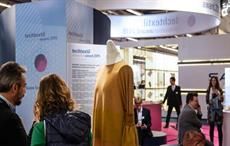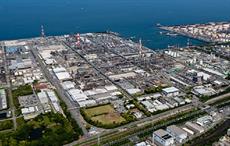
Between 2016 and 2021, Diab reduced its carbon footprint from 11 kg CO2e/ kg of material produced to 5.9 kg CO2e/ kg, a reduction of 46 per cent. Among other factors, this reduction was driven by changes in material, reduced waste, more efficient use of waste generated, changed production methodologies, and changed energy sources, the company said in a press release.
Diab’s carbon-reduction activities encompass Diab’s full carbon footprint, including Scope 1 and 2 (internal activities, energy, internal transport) and Scope 3 (external activities, sourced raw materials, product use). 82 per cent of Diab’s carbon footprint is in Scope 3. For 2021, Diab is reporting in accordance with the EU Taxonomy for Sustainable Activities, and 49 per cent of Diab’s turnover is eligible and aligned with the Taxonomy.
“At Ratos, we strive for our companies to be sustainability leaders in their industry. We want to take tangible action and deliver outcomes, not promises, and we focus on what is commercially and financially sound – this is also what is sustainable in the long run. Diab is a great example of a company where numerous long-term initiatives make a difference over time. There is no silver bullet for carbon emissions, but many smaller initiatives have a major impact over time. This work will never truly be finished, but as an owner, we are proud of Diab’s progress,” Joakim Twetman, chairman of the board at Diab and president of business area industry, Ratos, said in a statement.
“It has become increasingly important for our customers that we not only focus on delivering the best solutions, but also long-term sustainable solutions. I am very pleased with this development and with the fact that Diab, which started its work back in 2016, is at the forefront of delivering high quality while reducing our climate footprint. There is no contradiction here – on the contrary. Not only is this commercially sound, but it’s also the right thing to do,” Tobias Hahn, CEO of Diab, said.
Fibre2Fashion News Desk (GK)

